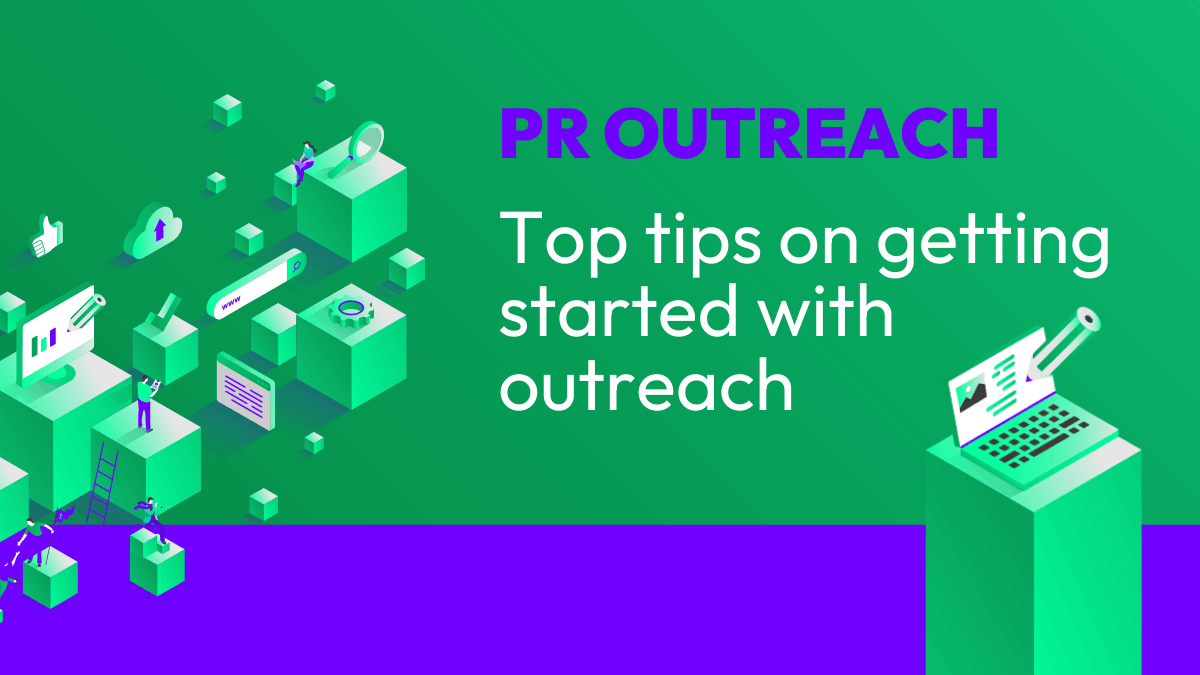By Neil Barraclough, Stacey MacNaught and Gemma James
Is your content marketing struggling for attention?
When you’ve invested time, money and effort into a campaign you thought would explode, where does your post-mortem begin?
It’s an issue that all involved in content marketing will face. Perhaps you’ve already got the battle scars (and the shake-inducing memories of that campaign that went wrong), or maybe your moment of terror is unfolding right now.
The inquest starts here…
We’ve pulled together eight of the most common mistakes we’ve seen.
If you’re still waiting for your first flop, congratulations. These tips should help maintain your winning streak.
And if you’re currently assessing what went wrong, these eight mistakes could act as useful starting points.
1. Failure to invest in ideation
“Nothing is more dangerous than an idea when it’s the only one you have.” – Émile Chartier
If you’re willing to invest time and money producing content, visual assets or videos, show that content the respect it deserves by investing time in your ideas before you begin.
At Tecmark we use 635 Brainwriting and then shortlist the strongest ideas through NUF testing.
Yes, it’s extra time and resources – but the results are always worth it.
2. Not setting clear goals
Each piece you create should be done with a clear purpose in mind.
Whether it’s building inbound links, driving social traffic or getting external coverage, you should know how you’ll measure your content marketing success.
If you miss this stage, your content is likely to suffer from a lack of focus and direction, which is often the first step towards a much bigger failure.
3. Deciding the format first
Deciding you’re going to do an infographic, for example, before you’ve even decided what it’s about… that’s not a good idea.
The format should never be the first decision you make. The most important thing is the story you’re telling. Get that right first before deciding on your format.
Don’t choose your format, and then try to reverse engineer the data to reach your goal.
Infographics are not link-building tactics; they’re a content format.
And not all data or content should be presented in that format.
4. No budget for promotion
Failing to allocate promotion budgets/resources is a common issue.
There’s no point putting 10 days and thousands of pounds into producing a piece of content, only to follow it with a measly half-day and £100 for promotion.
Factor promotion into your content marketing budgets, either in cash terms or in-house resources.
Successful types of promotion can include:
* Social channels
* Content discovery channels such as Zemanta, Outbrain and Taboola
* Manual outreach to relevant influencers or audiences
5. Forgetting how users will access your content
If the focus of your content is getting social media shares, make sure it works perfectly on mobile phones.
Ladbrokes recently produced an animated Cheltenham infographic. They invested heavily, but the resulting piece of content didn’t work on mobile – despite the overwhelming majority of social traffic being mobile.
Another example that fell into this trap is www.futurebristol.co.uk.
It’s a great piece of content for raising awareness about carbon-neutral schemes for Bristol. There are social sharing icons prominent in the top right corner of the browser.
But if you access the site on mobile, it says this:
Bristol’s future is not mobile.
6. Not understanding the target audience
One of the biggest mistakes we see is people putting time and effort into planning an elaborate piece of content, without actually taking a second to think about who is their target audience.
Ultimately, this results in content that isn’t seen.
Consider where your content will generate exposure. Is it news that might interest journalists? Or does it fit in a subject that has a healthy blogging scene?
If your content is unlikely to spark interest from other influencers who could spread the word, your job of getting it seen becomes much more difficult.
7. No sharing buttons
Lots of content gets almost everything right. It looks good, works well and is built on an interesting concept.
But small issues that could easily be fixed can – and regularly do – bring down substantial projects.
Don’t forget to include prominent social sharing buttons on your content – preferably with a clear call to action, too.
8. No embed codes with infographics
Producing embed codes for all your infographics is an easy but often overlooked way to increase your inbound links.
The aim here is to make it as simple as possible for people to link to you and share your content.
Yes! Get My Four Free Ebooks Now…


